Carbon nanotube surfaces as ultrafast electron sources could influence the next generation of attosecond science and light-wave electronics research.
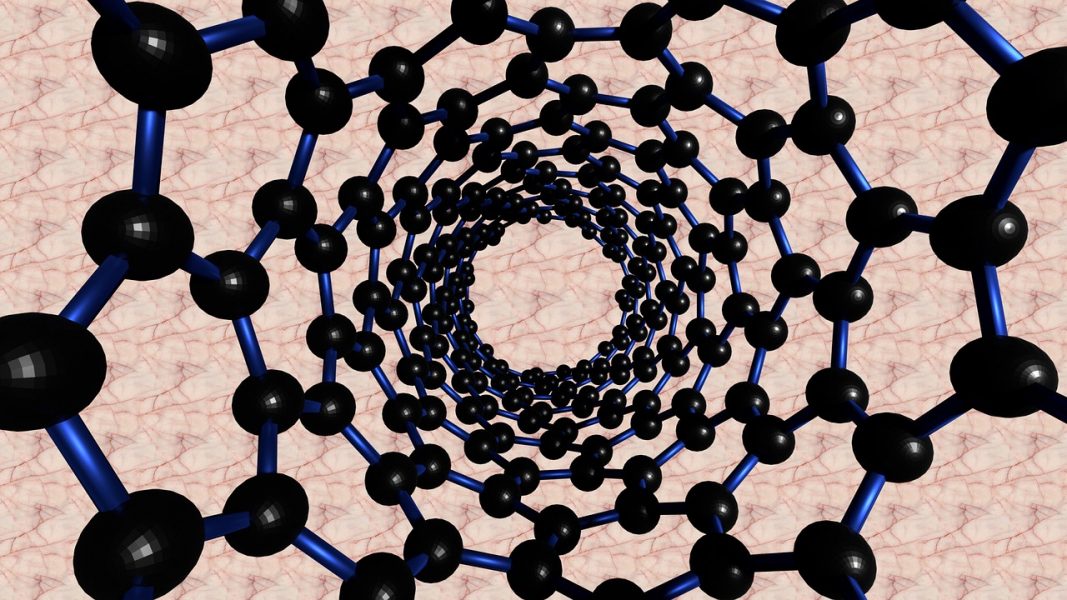

Carbon nanotube surfaces as ultrafast electron sources could influence the next generation of attosecond science and light-wave electronics research.

Smart windows switch between transparent and opaque states based on environmental cues. Researchers reveal a prototype that exploits plasmons, converting incident sunlight into local thermal energy to trigger the switch.
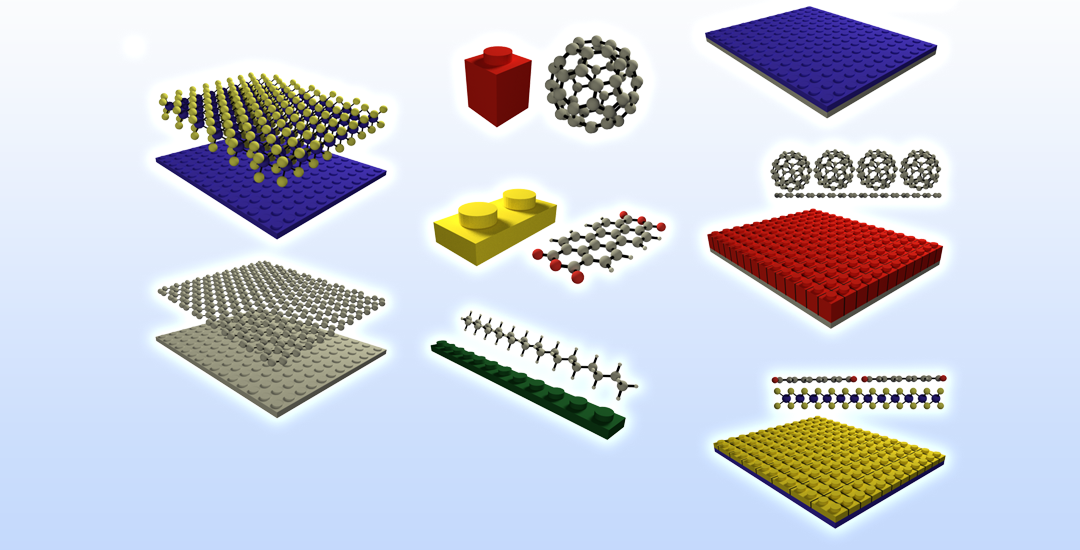
The many possibilties of hybrid organic/inorganic van der Waals heterostructure systems where highly-ordered (supra)molecular layers are interfaced with inorganic 2D materials are discussed.
![The Superlubric Behavior of Graphene [Video]](https://www.advancedsciencenews.com/wp-content/uploads/2018/03/adma201705791_ASN_image-e1521123653865.png)
Professor Peter Coveney and co-workers from University College London elucidate the process that drives the exfoliation of graphite into graphene sheets using molecular dynamic simulations.
![Lithium Niobate Atomization Device for Viscous Liquids [Video]](https://www.advancedsciencenews.com/wp-content/uploads/2018/03/adfm201704359_ASN_image.png)
James Friend from the University of California, and co-workers from the Technion–Israel Institute of Technology, report a lithium niobate atomization device capable of atomizing viscous liquids with unprecedented atomization flow rate and efficiency.
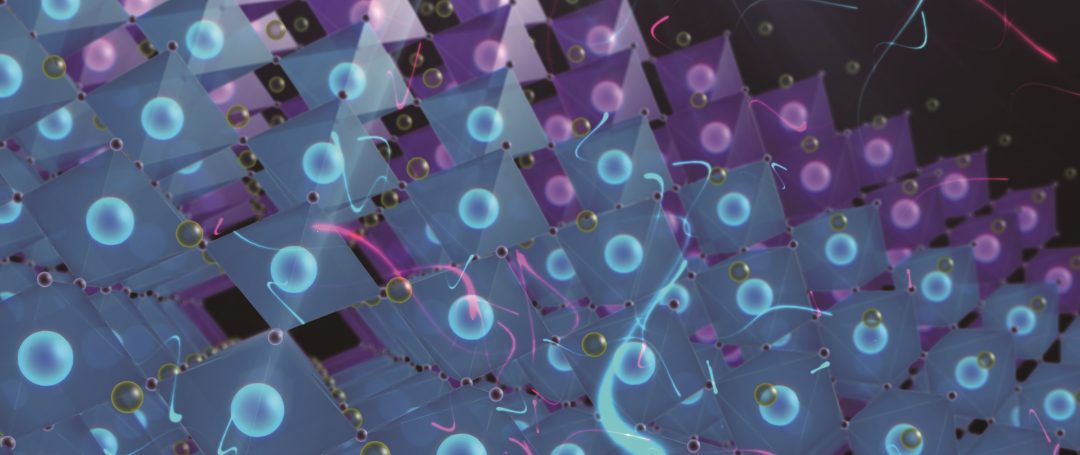
Electronic structure calculations on twenty-three different transition metals illuminate the optimum dopant choices to improve electron mobility in oxide perovskite heterostructures.

An interplay between two realms is the subject of the Focussed Session: Geometry- and Topology-Controlled Nanoarchitectures at the Joint Meeting of DPG (Deutsche Physikalische Gesellschaft) and EPS (European Physical Society) Condensed Matter Divisions on March 13, 2018 at the TU Berlin.
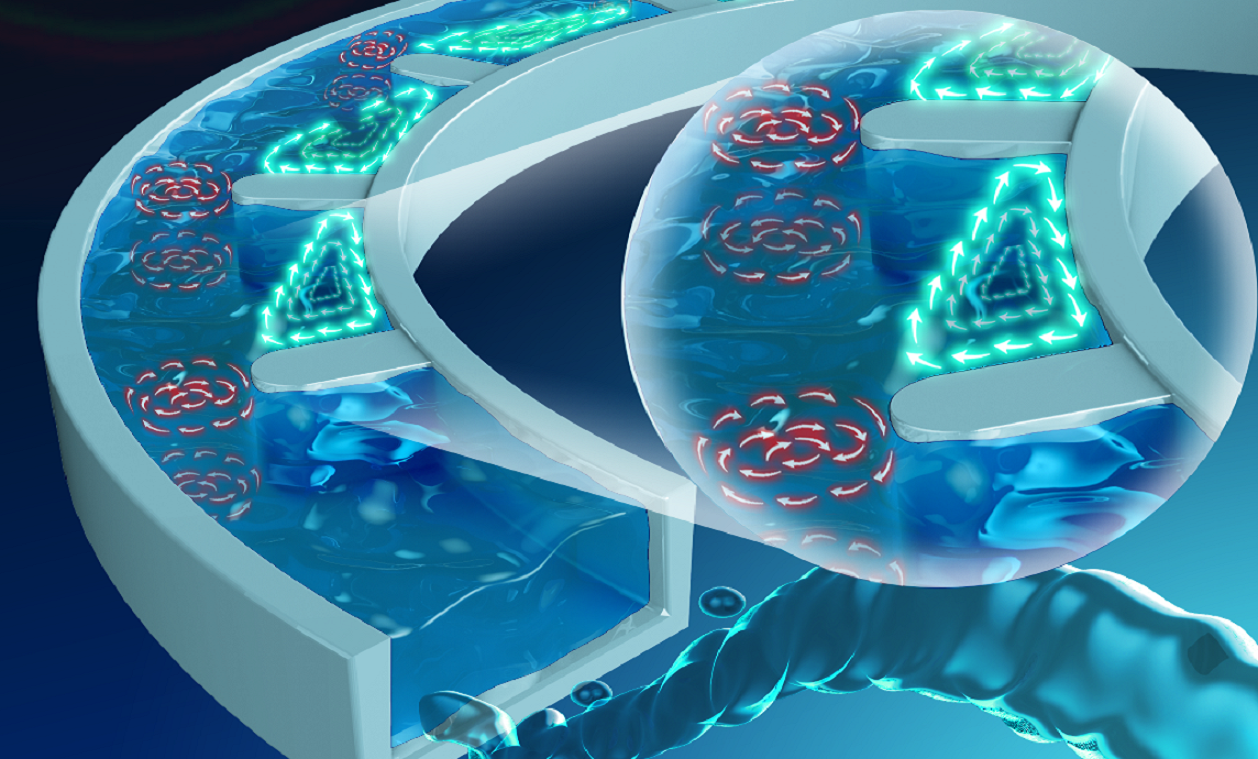
By using a series of micro-obstacles in semicircular microchannels, the acceleration of Dean-like secondary flow and helical vortices can be applied to achieve fluid manipulation in a highly-efficient manner.

This month’s top Advanced Optical Materials papers and covers.
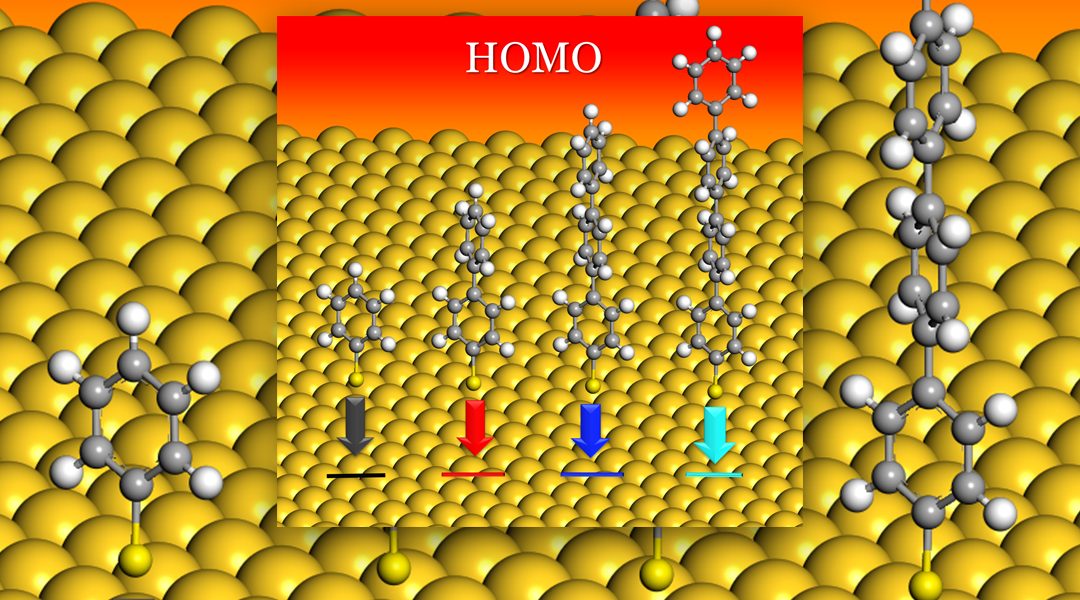
New information about molecular electronics is revealed after conducting DFT simulations.